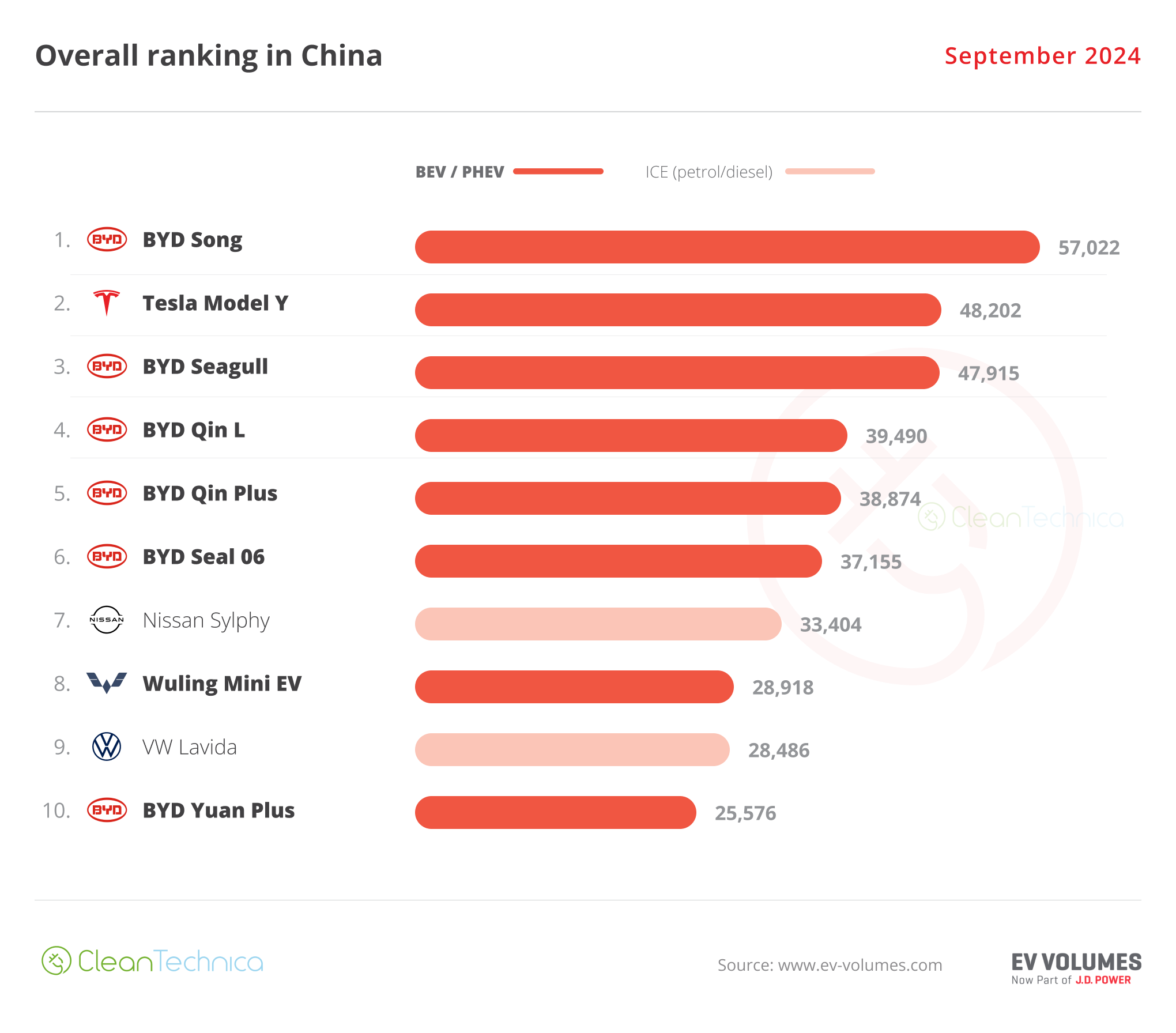As expected, India’s recent gold import tax cut lowered prices and spurred demand for the yellow metal.
India ranks as the world’s second-largest gold consumer behind China.
Late last month, the Indian government cut taxes on gold and silver imports by more than half, lowering duties from 15 percent to 6 percent.
The domestic gold price fell 6 percent month-on-month after the lower duty went into effect, even as the dollar price of gold increased.
Despite the falling price, gold is still up around 10 percent on the year in rupee terms.
The World Gold Council called the falling price “a shot in the arm” for Indian gold demand.
“Anecdotal reports suggest that there has been strong buying interest from jewelry retailers as well as consumers since the duty reduction. At the recently concluded India International Jewellery Show, manufacturers noted that there has been a substantial increase in order bookings from retailers, who are preparing for the festive and wedding season running through December. In some cases, these orders have reached levels not seen in several years. Additionally, the trend of bar and coin buying remains strong, supported by consumers as well as jewelers who are capitalizing on supportive gold prices to stock up for future manufacturing.”
World Gold Council analysts said that the lower import taxes could boost gold jewelry, bar, and coin demand by 50 tons or more in the second half of 2024.
In another sign of increasing demand, domestic gold prices shifted from a discount to a premium over international prices. Gold had been trading at a discount for five straight months.
There was also a notable surge in inflows of gold into Indian-based ETFs. According to data compiled by the Association of Mutual Funds (AMFI), net ETF gold inflows for July were the highest since February 2020 and 84 percent higher month-on-month.
Gold imports into India were stable in July, totaling $3.1 billion. Between April and July, imports averaged $3.2 billion, with volumes ranging between 43 and 47 tons.
Indians have historically had an affinity for gold. Indian households own an estimated 25,000 tons of gold, and that likely understates the amount given the large black market in the country. Gold is deeply interwoven into the country’s marriage ceremonies and cultural rituals. Indians have long valued the yellow metal as a store of wealth, especially in poorer rural regions. Around two-thirds of India’s gold demand comes from beyond the urban centers, where large numbers of people operate outside the tax system.
Gold isn’t considered a luxury in India. Even poor Indians buy gold. According to a 2018 ICE 360 survey, one in every two households in India had purchased gold within the last five years. Overall, 87 percent of Indian households own some gold. Even households at the lowest income levels in India hold some of the yellow metal. According to the survey, more than 75 percent of families in the bottom 10 percent of income managed to buy some gold.
The yellow metal was a lifeline for Indians buffeted by the economic storm caused by the government’s response to COVID-19. After the Indian government locked down the country, banks tightened credit to mitigate the default risk. Unable to secure traditional loans, Indians used gold to secure financing. As Indians endured a second wave of lockdowns, many Indians resorted to selling gold outright to make ends meet.
********



